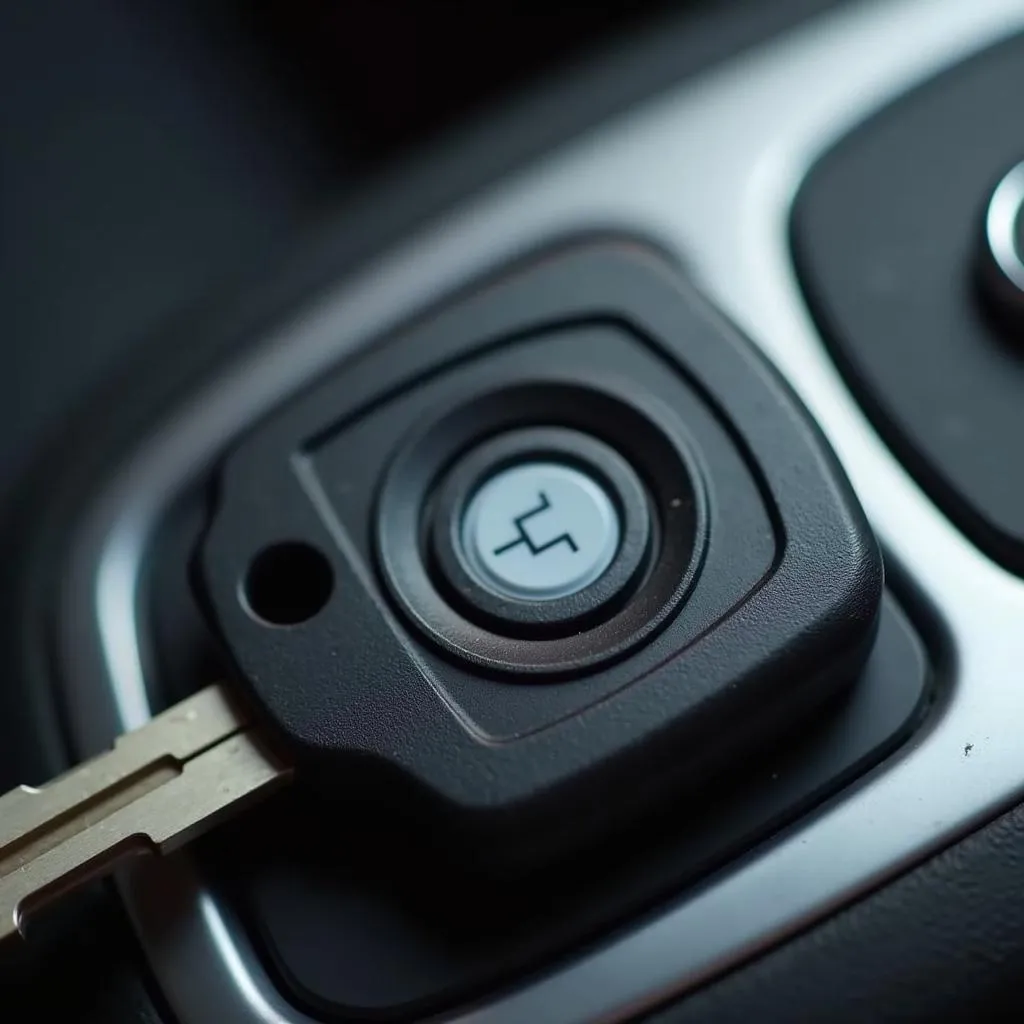Experiencing car troubles and suspect the anti-theft system is acting up? A faulty anti-theft fuse might be the culprit. But how can you tell if it’s the issue? This guide will walk you through identifying, understanding, and even replacing your car’s anti-theft fuse.
Why is My Anti-theft Fuse a Suspect?
The anti-theft system in your vehicle is like a vigilant guard, deterring unauthorized access and theft. However, like any electrical component, its fuse can blow, leading to several frustrating issues such as:
- Car not starting: A blown anti-theft fuse can interrupt the starter circuit.
- Issues with keyless entry: Your key fob might stop functioning correctly.
- Security light flashing: A telltale sign of a potential issue within the anti-theft system.
How to Spot the Anti-theft Fuse:
Unlike standard fuses with their easily visible wires, the anti-theft fuse often comes in various forms and can be tricky to identify. Here’s what to look for:
- Location, Location, Location: Your owner’s manual is your best friend here. It should specify the fuse panel location (often under the dash or in the engine bay) and might even have a diagram.
- Appearance: Anti-theft fuses can be:
- Blade Fuses: Small, rectangular with two metal prongs, often transparent with a colored center indicating amperage.
- Cartridge Fuses: Cylindrical with metal caps at each end.
- Special Fuses: Some vehicles use unique fuses for the anti-theft system.
- Labels: Look for labels like “Anti-theft,” “Security,” “Alarm,” or similar terms on the fuse panel cover or diagram.


